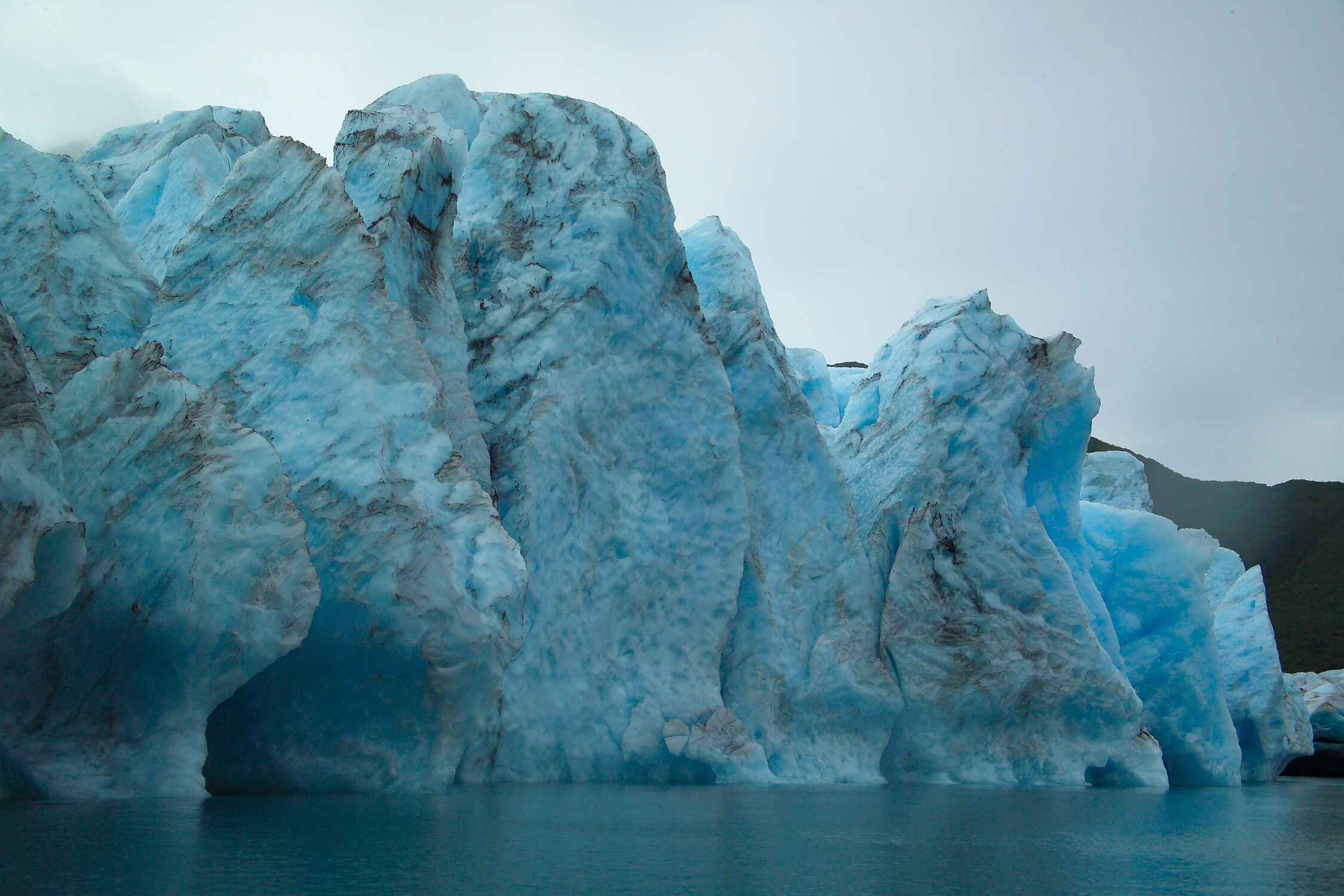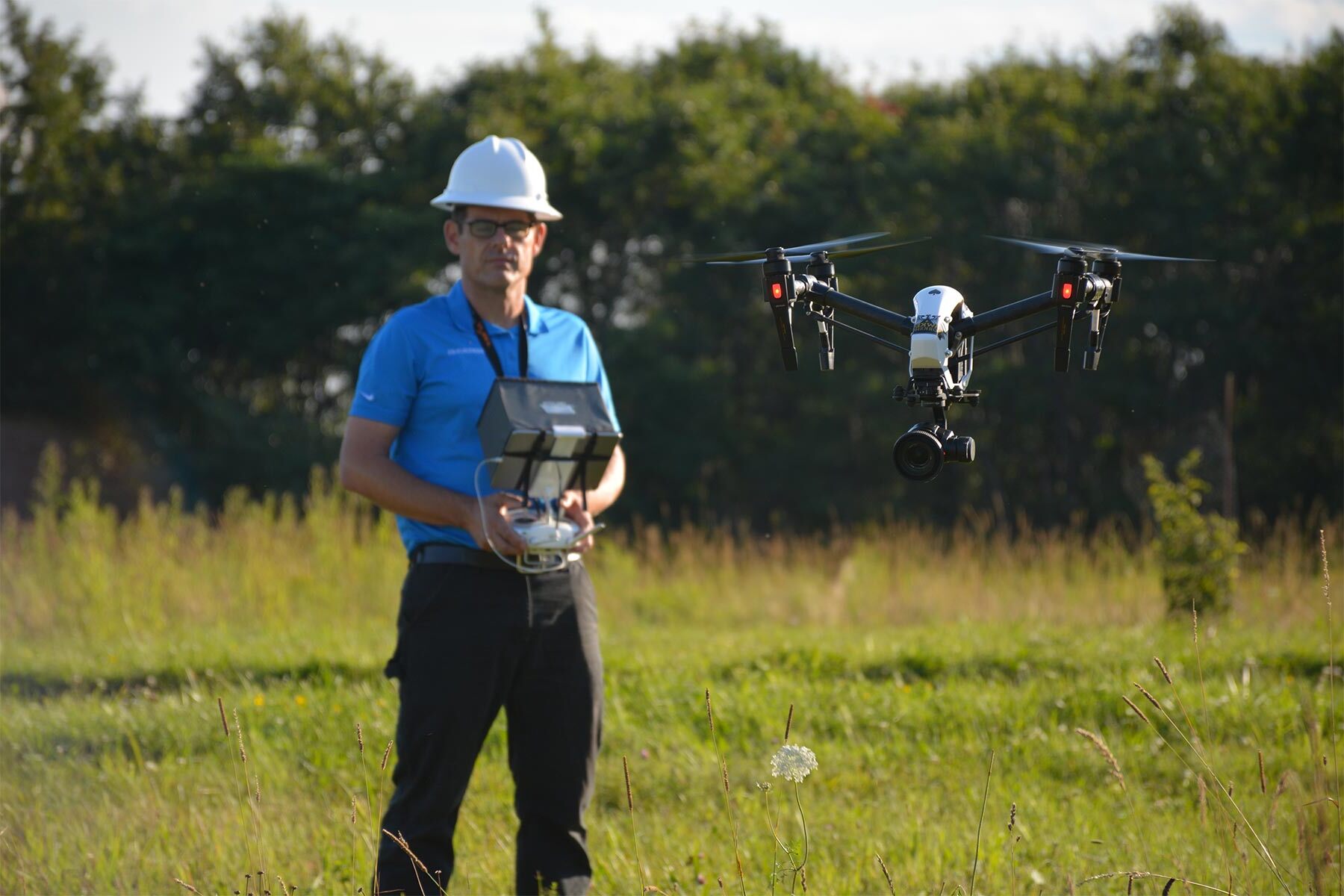
Glacial landforms are truly mesmerizing, shaped by the powerful forces of ice and time. As a result of centuries of glacial activity, these landforms exhibit breathtaking beauty and provide crucial insights into the Earth’s history. From towering peaks to deep valleys, and from sparkling lakes to imposing fjords, glacial landforms tell a captivating story of the planet’s dynamic past.
In this article, we will delve into the fascinating world of glacial landforms and explore 18 intriguing facts that will leave you in awe. From the largest glaciers on Earth to the incredible erosion processes that shape these landscapes, buckle up and get ready to discover some remarkable aspects of our planet’s icy past.
Key Takeaways:
- Glacial landforms, shaped by glaciers, create stunning features like U-shaped valleys and blue ice caves. They play a vital role in shaping Earth’s topography and preserving clues about past climate conditions.
- Glacial landforms support unique ecosystems and contribute to the formation of freshwater resources, providing habitats for diverse species and supplying essential water sources.
Glacial landforms are shaped by the movement of glaciers.
Glacial landforms, as the name suggests, are landforms that are created and shaped by the powerful force of glaciers. These massive ice formations move slowly over time, eroding the landscape and molding it into unique features.
Glacial landforms can be found on every continent except Australia.
From the towering peaks of the Himalayas to the expansive ice sheets of Antarctica, glacial landforms can be found in various regions around the world. However, due to its warm climate, Australia is the only continent without any glaciers.
U-shaped valleys are a common glacial landform.
One of the most recognizable glacial landforms is the U-shaped valley. As a glacier moves through a v-shaped river valley, it scours and carves the landscape, resulting in a U-shaped valley with steep sides and a flat or gently sloping bottom.
Moraines are piles of debris left behind by glaciers.
As glaciers advance and retreat, they carry large amounts of rocks, soil, and debris. When the glacier melts, it deposits this material in the form of moraines, which can take the shape of ridges, mounds, or hills.
Glacial erratic is a large boulder transported and deposited by a glacier.
Glacial erratics are enormous boulders that have been transported by glaciers over long distances and deposited in areas completely unrelated to their source. These erratic boulders can be found in various landscapes, creating interesting geological features.
Glaciers can create stunningly beautiful blue ice caves.
Inside glaciers, under intense pressure, air bubbles are compressed out of the ice, resulting in a dense and compact structure. This dense ice absorbs almost all colors of light except blue, creating enchanting ice caves with a stunning blue hue.
Fjords are deep glacially-carved valleys filled with seawater.
When glaciers retreat, they leave behind deep, U-shaped valleys that can fill with seawater, creating fjords. These majestic landscapes can be found in countries like Norway, New Zealand, and Alaska.
Cirques are amphitheater-shaped depressions carved by glaciers.
Cirques are bowl-shaped depressions found high on mountainsides. As glaciers move downhill, they carve out these amphitheater-like features, which often fill with water and form glacier lakes known as tarns.
Glaciers can form crevasses, deep cracks in the ice.
Due to the movement and stress on the ice, glaciers can form deep cracks called crevasses. These crevasses can present hazards for climbers and hikers exploring glacier-covered terrain.
Eskers are long, winding ridges of sediment deposited by melting glaciers.
When glaciers melt, they leave behind long, winding ridges of sediment known as eskers. These features are formed from deposits in subglacial tunnels and can stretch for miles across the landscape.
Glacial landforms play a crucial role in shaping Earth’s topography.
Glacial landforms have a significant impact on the shape and structure of the Earth’s surface. They carve valleys, reshape coastlines, and contribute to the overall geological diversity of our planet.
Glacial landforms are constantly evolving and changing.
As glaciers continue to move and shape the land, glacial landforms are not static. They evolve and change over time, responding to shifts in climate and the movement of the glaciers themselves.
Glaciers can carry and transport enormous amounts of sediment.
Glaciers are powerful agents of erosion and transportation. They can carry and transport massive amounts of sediment, including rocks, soil, and even entire boulders, reshaping the landscape as they move.
The Great Lakes were formed by glacial activity.
During the last ice age, massive glaciers carved out the basins of the Great Lakes in North America. These glacial activities created the world’s largest freshwater system and continue to shape the region’s geography.
Glacial landforms provide important clues about past climate conditions.
Studying glacial landforms allows scientists to understand past climate conditions and the patterns of climate change over time. These landforms serve as natural archives, preserving valuable information about Earth’s history.
Glacial landforms support unique ecosystems.
Glacial landforms provide habitats for a wide range of plant and animal species that have adapted to survive in harsh, cold environments. These unique ecosystems play a vital role in maintaining biodiversity.
Glacial landforms can contribute to the formation of freshwater resources.
As glaciers melt, they release freshwater, contributing to the formation of rivers, lakes, and other freshwater resources. These glacial meltwaters are essential for supplying water to ecosystems and human populations.
Glacial landforms inspire awe and fascination.
The sheer scale and majesty of glacial landforms have captivated the human imagination for centuries. From breathtaking ice sculptures to awe-inspiring landscapes, these formations continue to leave us in awe of the power and beauty of nature.
Conclusion
In conclusion, glacial landforms are fascinating features shaped by the movement and erosion of glaciers over thousands of years. From towering peaks to deep valleys and pristine lakes, these landforms offer a glimpse into the immense power and beauty of nature.
By understanding the formation and characteristics of glacial landforms, we gain insights into the Earth’s past climate and the effects of climate change. Glacial landforms also provide habitats for various species and serve as important sources of freshwater.
Whether you’re an adventure enthusiast, a student of geography, or simply someone who appreciates the wonders of the natural world, exploring glacial landforms is a truly captivating experience.
FAQs
1. What causes glacial landforms to form?
Glacial landforms are created through the process of glaciation, where glaciers erode, transport, and deposit sediments over time. The movement of glaciers carves out valleys, creates moraines, and sculpts towering peaks.
2. Are all glacial landforms the same?
No, glacial landforms come in various shapes and sizes. They can range from U-shaped valleys and cirques to fjords and drumlins. Each landform is unique, depending on factors like climate, topography, and the characteristics of the glacier itself.
3. Where can I find glacial landforms?
Glacial landforms can be found in areas that have experienced glaciation in the past or are currently glaciated. This includes regions like the Swiss Alps, Patagonia in South America, and the Canadian Rockies. Even in non-glaciated regions, you can find remnants of glacial landforms from previous ice ages.
4. What is the significance of studying glacial landforms?
Studying glacial landforms helps us understand Earth’s past climate, the effects of climate change, and the shaping of landscapes over time. It also provides valuable insights into freshwater resources, habitat formation, and the preservation of biodiversity.
5. Can I visit glacial landforms?
Absolutely! Many glacial landforms are popular tourist destinations and offer breathtaking views. You can participate in guided hikes, take boat tours, or even explore glacial caves to experience these awe-inspiring natural wonders firsthand. Just remember to follow local regulations and respect the environment.
Glacial landforms captivate with their awe-inspiring beauty and powerful forces that shape our planet. From majestic U-shaped valleys to stunning blue ice caves, these natural wonders tell a story of Earth's ever-changing landscape. Moraines, glacial erratics, and fjords are just a few examples of the incredible features created by glaciers. Uncover more astounding facts about glacial landforms and explore the unique ecosystems they support. Glacial landforms not only provide clues about past climate conditions but also contribute to the formation of vital freshwater resources. Continue your journey of discovery and be amazed by the marvels of glacial geology.
Was this page helpful?
Our commitment to delivering trustworthy and engaging content is at the heart of what we do. Each fact on our site is contributed by real users like you, bringing a wealth of diverse insights and information. To ensure the highest standards of accuracy and reliability, our dedicated editors meticulously review each submission. This process guarantees that the facts we share are not only fascinating but also credible. Trust in our commitment to quality and authenticity as you explore and learn with us.


